Just choose one of these sites to drop down the information,
to Know more about Jordan Historical Sites to define which paradise you want to visit.
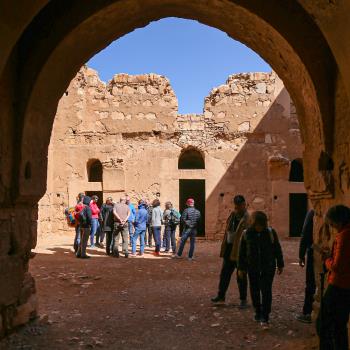
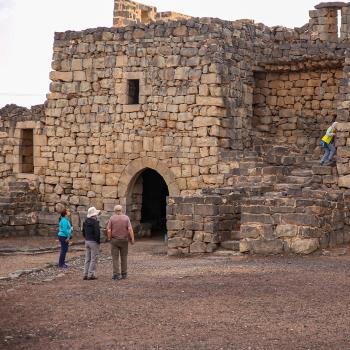
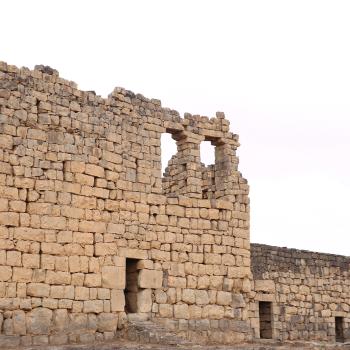
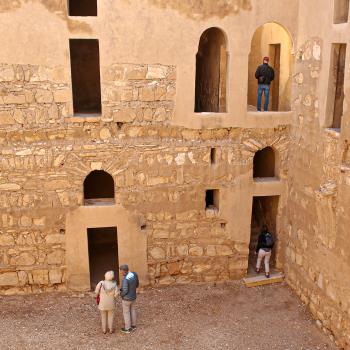
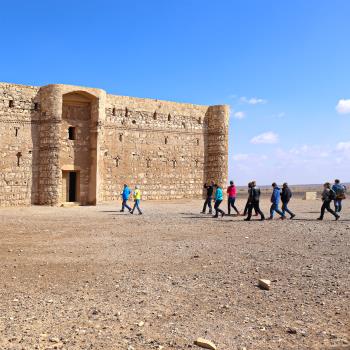
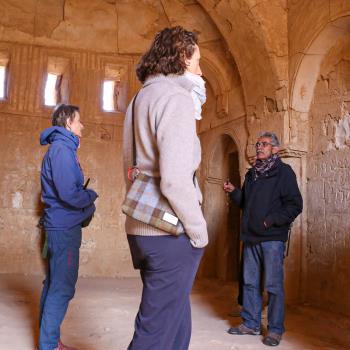
Crusader Castles
A string of castles along the mountains overlooking the Great Rift Valley marked the expansion of the Crusader invasion in the 11th and 12th centuries. KarakCastle, overlooking the southern end of the Dead Sea, is the largest of these hilltop fortresses. Located about midway between Amman and Petra, just south of Wadi Mujib, the KarakCastle has a gem of a museum inside the walls. It’s interesting to explore theextensive remains, and try to reconstruct just how the castle must have appeared in its heyday. The bustling modern city of Karak just outside the castle walls, with its winding narrow streets and plethora of shops and street stalls, is an interesting place to walk around, sample some of the popular local street food such as shawerma and felafel and the sinfully delicious baklava and knaffa sweets.
ShobakCastle (Mont Real) lies further south, about 30 km. to the north of Petra. It’s smaller than Karak and a bit more intact, which gives you a better chance to imagine how the whole castle fit together. It’s one of the region’s castles which was built atop a fresh-water spring (which can be reached through a perilous and oxygen-poor descent straight into the earth), which made it eminently defensible. Fall it did, though, eventually–as witness the ornate early-Islamic inscriptions carved over the top of earlier Christian symbols on many of the building blocks.
The remains of the Tafila castle, between Karak and Shobak, is little more than foundations. The location is gorgeous, though–just to the north of Wadi al-Hasa, the site now overlooks the thriving university city of modern Tafila.
Petra boasts the remains of two Crusader fortresses. The WayraCastle, another site which is little more than foundations today, still shows off a complex and intricate water-channel system if you are fortunate to be around when it rains. The Habees fortress, just a short distance away, was situated on the mountain which houses the old PetraMuseum, between ad-Deir and Um al-Biyara massif.




























